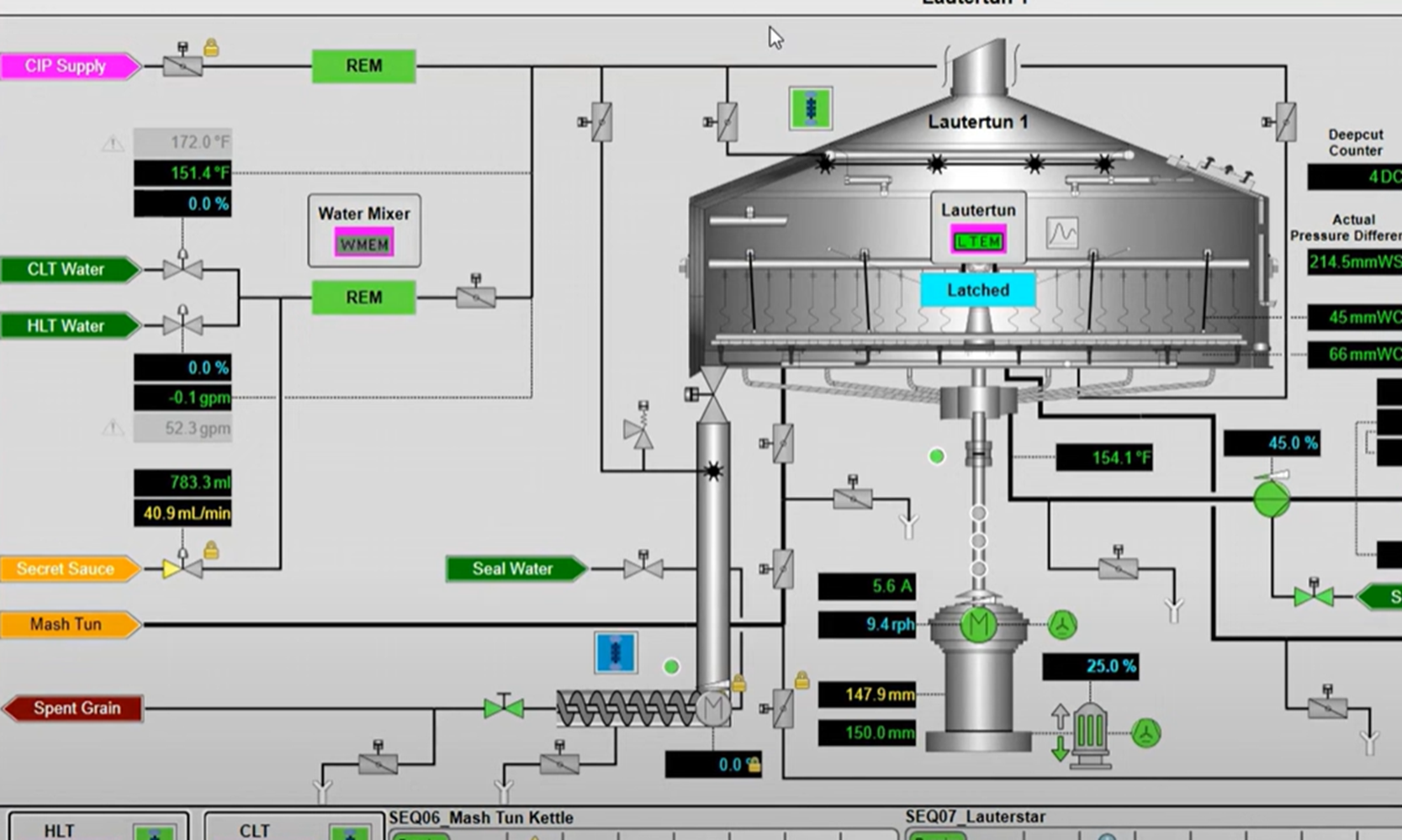An interesting note:
Looking at the Tree House curiosity series descriptions. Apparently they didn’t start carbonating in the fermenter until late 2017 or early 2018? (Curiosity Forty Four). Assuming they didn’t start putting CBC-1/F2 in their beers until then.
Maybe that explains why I had such good results with using their can dregs. I think all of the cans I built up yeast from were from before that time.
I have an experiment going right now. I’ve built up can dregs from the following beers:
Jjjuiceee Machine
Vvveryyy Green
Regular Green
New Day
Prodigal Haze pt III
Will be brewing split batch with each. Trying to decided if I should plate them and try to remove the CBC-1/F2 somehow then build back up… not sure how that would work though.
Looking at the Tree House curiosity series descriptions. Apparently they didn’t start carbonating in the fermenter until late 2017 or early 2018? (Curiosity Forty Four). Assuming they didn’t start putting CBC-1/F2 in their beers until then.
Maybe that explains why I had such good results with using their can dregs. I think all of the cans I built up yeast from were from before that time.
I have an experiment going right now. I’ve built up can dregs from the following beers:
Jjjuiceee Machine
Vvveryyy Green
Regular Green
New Day
Prodigal Haze pt III
Will be brewing split batch with each. Trying to decided if I should plate them and try to remove the CBC-1/F2 somehow then build back up… not sure how that would work though.












































![Craft A Brew - Safale BE-256 Yeast - Fermentis - Belgian Ale Dry Yeast - For Belgian & Strong Ales - Ingredients for Home Brewing - Beer Making Supplies - [3 Pack]](https://m.media-amazon.com/images/I/51bcKEwQmWL._SL500_.jpg)














